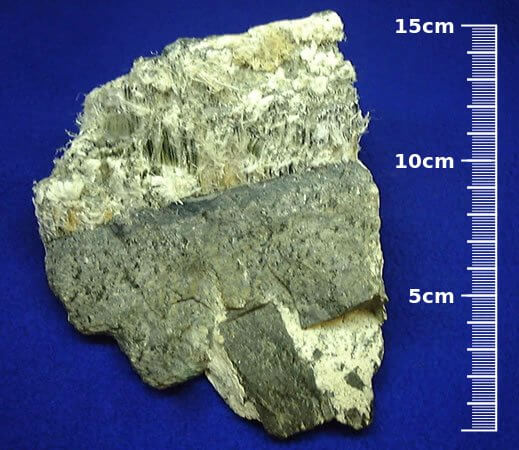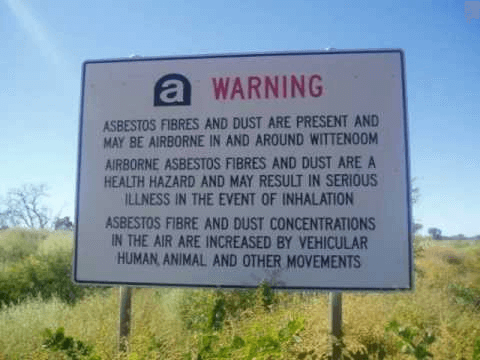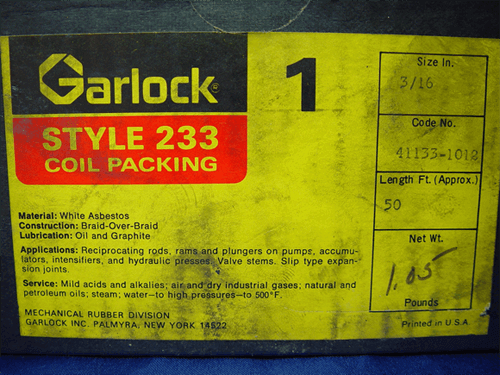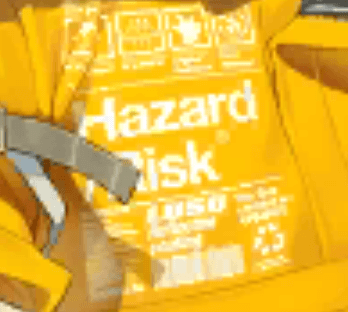Introduction
This content was written by Twitter user Bird_Partii who is very passionate about Asbestos. The lore here is very intresting and it is lovely how various fans have their own passions that lead us to more lore. Thank you!
Fiery and rude, potty-mouthed and not afraid to make an enemy out of allies, Asbestos is an operator during her debut who didn't get a lot of notice, just chalking her up to be a better Dur-nar. However, I grew attached to the explorer from the mining company Rim Billiton the moment I saw her. There were two times where I went on a massive lore hunt about Asbestos, once when she was announced and once after there was a translation error, where her place of birth being Ursus then switched back to Rim Billiton. Finding two major references to folklore and history in both cases. Overall I want to show the community all of the interesting tidbits about this character and how she’s more than just a character with a funny name.
Asbestos and Salamanders
I, like many other Doctors, were perplexed at her name. But with many other operators with outlandish codenames, their origins don’t come at face value. Despite being listed as a Savra, a lizard-like race, Asbestos is not a lizard or even a reptile at all, she is a fire salamander, given from her black tail with long bright blotches when her fire arts activate.
Fire salamanders, native to Central Europe have history and ties in folklore dating back to the Middle Ages. Throughout history, salamanders have been seen as fire elemental in alchemy, those with the ability to withstand fires, completely fireproof, so when the heat resistant mineral asbestos was discovered in ancient Greece, it was naturally called “salamander fur”. Of course it’s so no one’s surprise today that asbestos is not fur nor do salamanders have any sort of hair or can survive fires but this did not stop Europeans from believing the connection, to the point of weaving asbestos into clothing to make it flame resistant.

Introduction to the deadly mineral and Wittenoom

Referring back to the last paragraph, despite common belief, asbestos is not a man made material but rather a natural mineral with traces of being used all the way back over 4000 years ago. Until the discovery of it’s dangerous properties, it was used in almost every product imaginable: drywall, plaster, gas mask filters, roofing shingles, caulk, popcorn ceilings, cement, insulation, and even special snow effects in old movies, everything had asbestos traces. It wasn’t until decades after the first recorded death caused by asbestos in 1924, that asbestos was starting to become banned in countries after years of mining. But the ban happened too little too late, as the shakes of asbestos poisoning still affects people to this day, Australia having the hardest recoveries in history.
In the remote area of Western Australia 1 100 km northeast from Perth lies a remote town named Wittenoom, the only source for crocidolite (blue asbestos) in Australia, mining up to 161 000 tons mined from 1950 to early 1960s. With a rough population of 20 000; men, women, and children were all at risk for mesothelioma and asbestosis. Even after the closing of the city in 1966, many still continue to die due to the usage of asbestos in Australia, by 2020 the recorded cases of deaths were up to 45 000 with several thousand of those deaths being related to the tragedy at Wittenoom. As streets were literally paved with asbestos and used in everyday life, Wittenoom became a deadly ghost town, even to those who still choose to live in and near the town they used to call home.

Design
While I was looking into Asbestos’ design, I wanted to see if she had any references littered into her looks, I ended up encountering a few things:
One encounter was how Asbestos’ hair closely resembled crocidolite, how most depictions of the raw mineral would have its hardened stoney outside with the bright blue inside of the asbestos, similar to the two-tone hair that Asbestos rocks, with bright blue underneath representing the asbestos.

The bottom part of Asbestos’ is both interesting and tricky to decode since there’s only so much a person can read given a resolution, so everything within the design can’t be covered, but things that are larger and identifiable certainly can.
Thing that I have identified as areas of interest are
“C-TYPE”
“TS-LOD-BTU”
CE marking
“4.5 lbs”
“20/7”
C-TYPE: I couldn’t find much about asbestos being listed this way, however it could be referencing crocidolite, the only type of asbestos starting with a c in the amphibole mineral family.
TS-LOD-BTU: this is also something I genuinely could not find anything about this code, closest thing I could find is that BTU can also mean british thermal unit which does not relate to asbestos. If you have any idea as to what this design element means please tell me.
CE marking: The CE marking is a real life marking that is a mandatory marking to ensure that the import conforms to European health, safety, and environmental protection. Which is ironic considering it’s on a character named Asbestos. However, disposal of asbestos in the EU is required to have the CE marking visible on the bag. In context of the design, it might be so that the article of clothing is safe to wear in areas that Asbestos explores.
4.5 lbs and 20/7: I’m pairing these labels together because I found a coil packaging made from asbestos with the colour of the jacket, weight, and size

It might not be a direct reference to the packaging of asbestos products but it’s something I wanted to mention nonetheless.

Just like the underpart of Asbestos’ outfit, her jacket contains certain symbols that relate to health hazards and containment.
Recycle Logo
“Hazard Risk”
The squares on the top
Recycle Logo: Considering this is a character named Asbestos. It’s ironic. However, it is possible to recycle asbestos into non-hazardous glass, ceramic tiles and porcelain pots.
“Hazard Risk”: I really don’t think I need to explain the meaning behind “Hazard Risk” after explaining how Australia got devastated by asbestos.
The squares on top: The squares allude to hazard and warning symbols found on materials that can potentially cause harm, from my research I could not find real life counterparts, especially when hazard symbols come in diamonds, not squares.
Any design element not discussed was either too small to read or near impossible to research, possibly being an in-universe reference instead of a real world counterpart, such as the LUSO/LOSO logo on both articles of clothing.
Conclusion
A lot of operators are more than meets the eyes, Asbestos being one of them. It goes to show that the creative team behind the concept of these characters can put a lot of historical information and literature into these characters, more than what a simple glance might tell you. I wouldn’t have known anything about what I’ve discussed today if I didn’t dig a little deeper. Finding these kinds of tidbits within characters can add a special layer of love for the character themself, and the effort placed behind them.













